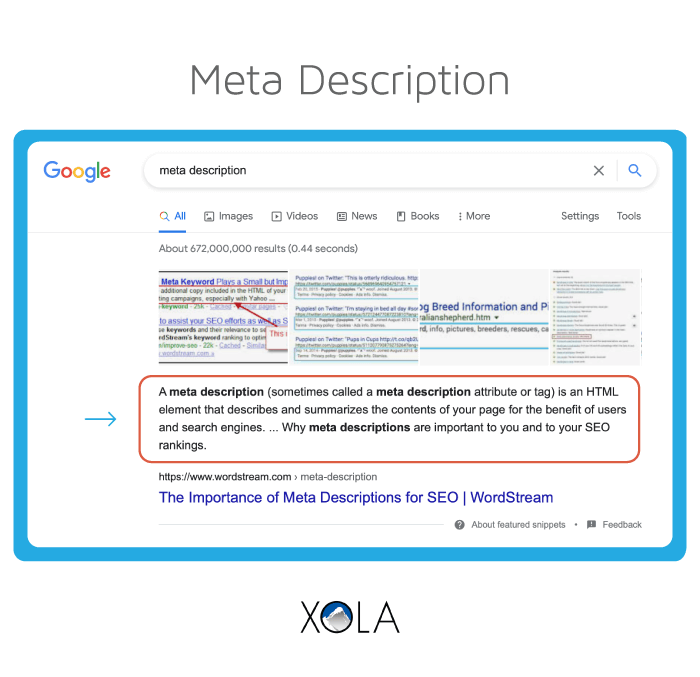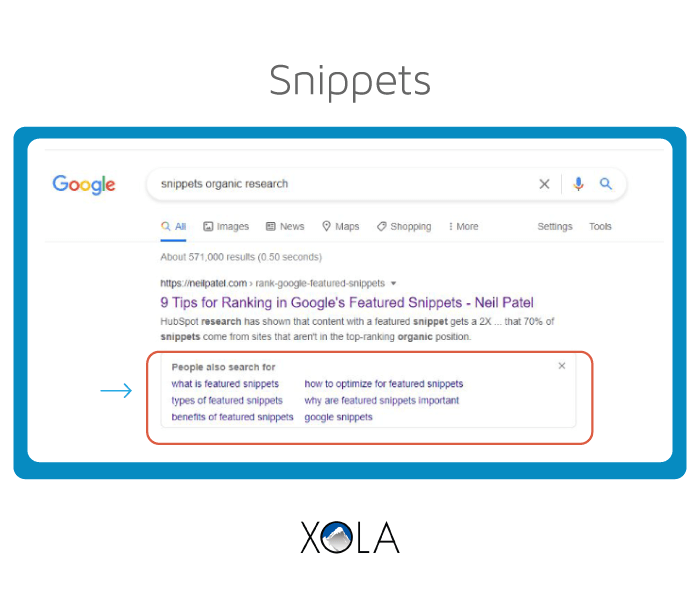
Most travelers begin planning a trip by typing a few keywords into Google.
Their first search will likely be something broad, like “best places to visit in the summer.” They’ll eventually narrow their search to a specific destination before booking flights, hotels, and tours and experiences.
What if you could market your tours on the same search engine your prospective customers are using to plan their trips?
Search engine optimization (SEO) allows you to do so. A solid SEO strategy can make your site visible to a far greater audience — and a targeted one, too. Whether it’s through paid search ads or organically ranking content, SEO lets you market your tours to an audience that’s actively seeking them out.
In this post, you’ll learn eight actionable SEO tips that will help boost your website traffic and lead to a steady stream of online bookings.
What is SEO, and why is it important for travel and tourism companies?

Imagine having a steady stream of visitors landing on your website on a daily basis? SEO makes that possible.
SEO, or search engine optimization, is the process of optimizing your website to organically rank on Google and other search engines.
Now more than ever, your customers are using Google searches to shape and validate their travel decisions.
And when it comes to booking tours and activities, guests start their research up to three months before a trip.
This gives your company weeks to appear in front of your prospective guest before they make their final purchase.
Travel search marketing works best when your site appears on the first page of search results for keywords relevant to your niche. That’s because no one really clicks beyond the top 10 search results on Google (less than 1% of people click on results on the second page).
All the content on your website has the ability to rank on a search engine, from your homepage to individual blog posts.
It’s important to note that ranking on page one doesn’t happen overnight.
SEO is a long-term marketing strategy, but the ROI is well worth your time.
What is SEM?
SEM, or search engine marketing, is a paid approach to appearing at the top of search results in Google.
When you search for something on Google, for example, you’ll likely see that the very first results are paid ads. Every time a user clicks on one of those ad links, the company has to pay. This is why the SEM approach is also known as “pay per click.”
Similar to SEO, SEM traffic is considered highly valuable.
SEM allows you to target very specific customers that are actively seeking the experiences you’re selling. The chances of these users converting are significantly higher compared to other marketing channels.
Paying for ad placements also allows travel brands and tourism companies to increase visibility right away, rather than having to wait for organic ranking on Google through SEO.
What’s the difference between SEO and SEM?
SEO shouldn’t be confused with SEM. SEO is the process of organically ranking on Google, while SEM involves paid advertising to appear in search results.
One benefit of SEM is that you don’t have to wait months for your content to organically rank on Google. Once your ad is up, you can instantly begin driving clicks to your site. You also have full control over your ads and whom they’re shown to.
But unlike SEO, you’ll be paying for your link placements.
While both methods help drive more web traffic, most digital marketers consider SEO to be more effective since it produces long-term results. SEM, on the other hand, is a way to get your company short-term visibility and begin building brand awareness.
8 powerful SEO tips for a better travel search marketing strategy
SEO is a long-term game. The sooner you start optimizing your website, the sooner you’ll begin gaining visibility on Google.
Here are eight tips to improve your site’s SEO and begin driving more bookings online.
1. Define your target customer
Defining your target customer will help fuel your SEO strategy.
You can define your ideal customer by age, income level, location, and more.
Are your tours best for groups or individuals?
Are they family-oriented?
Are they geared toward outdoor enthusiasts?
Once you pinpoint exactly who you’re selling to, you can tailor your content marketing strategy to that group of people.
Think about what your target customer would search for before booking a tour or activity with your company. Those searches are the keywords you should focus on in your homepage, activity listings, and blog.
2. Create your content marketing strategy
Blogging (on your own site) as well as video marketing (through Youtube) specifically is a great way to improve your site’s visibility on search engines.
Tour companies that have made blogging a core part of their content marketing strategy are able to leverage SEO to drive more bookings.
If your ideal customer is someone who seeks outdoor adventures, for example, you should create blog content about your outdoor tours and experiences.
To further brainstorm blog post ideas, you can use a keyword research tool like Keysearch, SEMrush, or Ahrefs to see what people are searching for within your niche.
Another benefit of blogging is that you can repurpose your blog content on other marketing channels. You can promote your blog post on Instagram or in an email newsletter, always driving people back to your site. And the more people you can direct to your site, the better.
3. Focus on SEO keywords that meet customers where they are at in the buying journey

Your customers will go through different stages when researching, booking, and experiencing their trips.
Travel searches often start broadly and become more narrow as travelers decide where they want to go. The key here is to target customers where they’re most likely to convert in their buying journeys.
It might help to understand the travel search process, as defined by Google:
- Dreaming: Guests have the desire to go somewhere, but they don’t know where to go or what they want to do just yet. They’re looking for inspiration.
- Planning: Guests have picked a destination, and they’re beginning to research potential dates, hotels, and activities.
- Booking: Guests have confirmed their dates and booked their plane tickets, or secured another method of transportation. Hotels and activities are being booked, and reservations are being made.
- Experiencing: When guests arrive at their destination, they begin to experience their trip and share it with friends and family online. This is also when guests search for last-minute activities and attractions they haven’t already booked, which is a great time to reach them.
This last phase offers plenty of opportunities for bookings: The customer is already in your destination, and they’re highly interested in booking tours and activities right then and there.
4. Be realistic about the keywords you are targeting
Your website’s domain authority will impact your ability to rank on Google.
Domain authority, or DA, is how Google measures the legitimacy of your website. It’s a number that ranges from 1 to 100, and the higher your DA, the easier it is for you to rank.
Knowing your DA is important because it’ll impact what keywords you’ll realistically be able to rank for. (You can check your DA here.)
If your DA is less than 40, for example, you may want to target less competitive keywords.
You can use a keyword research tool to find out a keyword’s competitiveness. If all the sites that rank for a particular keyword have DAs much higher than yours, you should consider going after a new keyword.
You can improve your DA over time by having other high-authority sites link back to your site, whether through guest posting, organic link placements, or media features.
5. Build backlinks the right way
Speaking of DA, the best way to increase it is to secure high-quality backlinks. Google likes when websites with higher DAs link back to your site. It tells the search engine that your website is legitimate and offers valuable information.
There are a number of shady ways to build backlinks, such as buying them off a platform like Fiverr. But be warned: Google knows how to find fishy links and penalizes those who use these methods.
Here are three ways to build backlinks the right way:
- Guest posting on high-authority sites in your niche. Pitch blog post ideas to sites with higher DAs in your niche. You can also spy on your competitors to see where they have contributed guest posts and then pitch those websites your own post ideas. Guest posts will typically include one or two links back to your website.
- Get featured in the media. When Google sees that your company was linked to and quoted in a reputable news article, it’s going to start viewing your website as a legitimate source of information. It helps to be quoted in articles that are relevant to your niche.
- Establish yourself as an authority in your niche. You can use quality blog content to establish your company as a destination or activity expert. The more content you produce about the same topic, the more Google will understand what your site is about. Eventually, other companies, bloggers, and even journalists in your niche will organically begin to link back to your content.
Pro Tip: The site HARO is a helpful tool for companies looking to be quoted and featured in the media.
6. Use your website analytics and guest insight data to inform your SEO strategy
Your website analytics and guest data can also help you build a stronger SEO strategy.
For example, Xola’s Google Analytics app allows you to track bookings on your website and analyze customer behavior leading up to a purchase. It also provides insight into what marketing channels are leading to the most conversions.
Revenue reports, on the other hand, can tell you which of your tours are bringing in the most money. You can then focus your SEO strategy on those specific types of tours.
You can also use Xola’s capacity utilization reports to find out your most popular time slots, which can help you tailor your content to the tours during those times.
7. Improve existing pages and posts
If your site has been up and running for a while, you can start by improving the content you already have.
A quick search on a keyword research tool will tell you if your website is currently ranking for any keywords.
If it is, you can optimize your on-page SEO and blog posts for those keywords, the goal being to reach the first page of Google.
Another SEO tip to improve existing content is internal linking.
Every post or page you create should link to existing relevant content on your site. Internal linking helps Google map out your site and fully understand what your company is offering.
If a post about the “best tours in Miami” links to one of your tour pages, for example, that gives Google the indication that your tours page is a Miami-based activity. The next time someone searches for Miami activities, Google will know that your site might contain information they’re interested in reading about.
8. Match search intent

Search intent refers to the true purpose behind an online search. It’s a significant SEO component that influences how well your content will rank for a keyword and successfully convert users.
Your content should always strive to match a guest’s search intent or directly offer a solution for what they’re looking for. When someone searches for hiking tours, for example, they’re not going to click on an article that’s promoting a cooking class.
The more relevant your blog content is to a guest’s search, the more likely that he or she will convert.
In sum, SEO is the best way to secure consistent online bookings on your website.
While a post on social media might receive some engagement for a couple of days, an article that’s ranking on the first page of Google will continue to attract visitors on a daily basis for months or years to come.
And it only increases over time. The more quality blog content you create, the more visibility your site will get.




